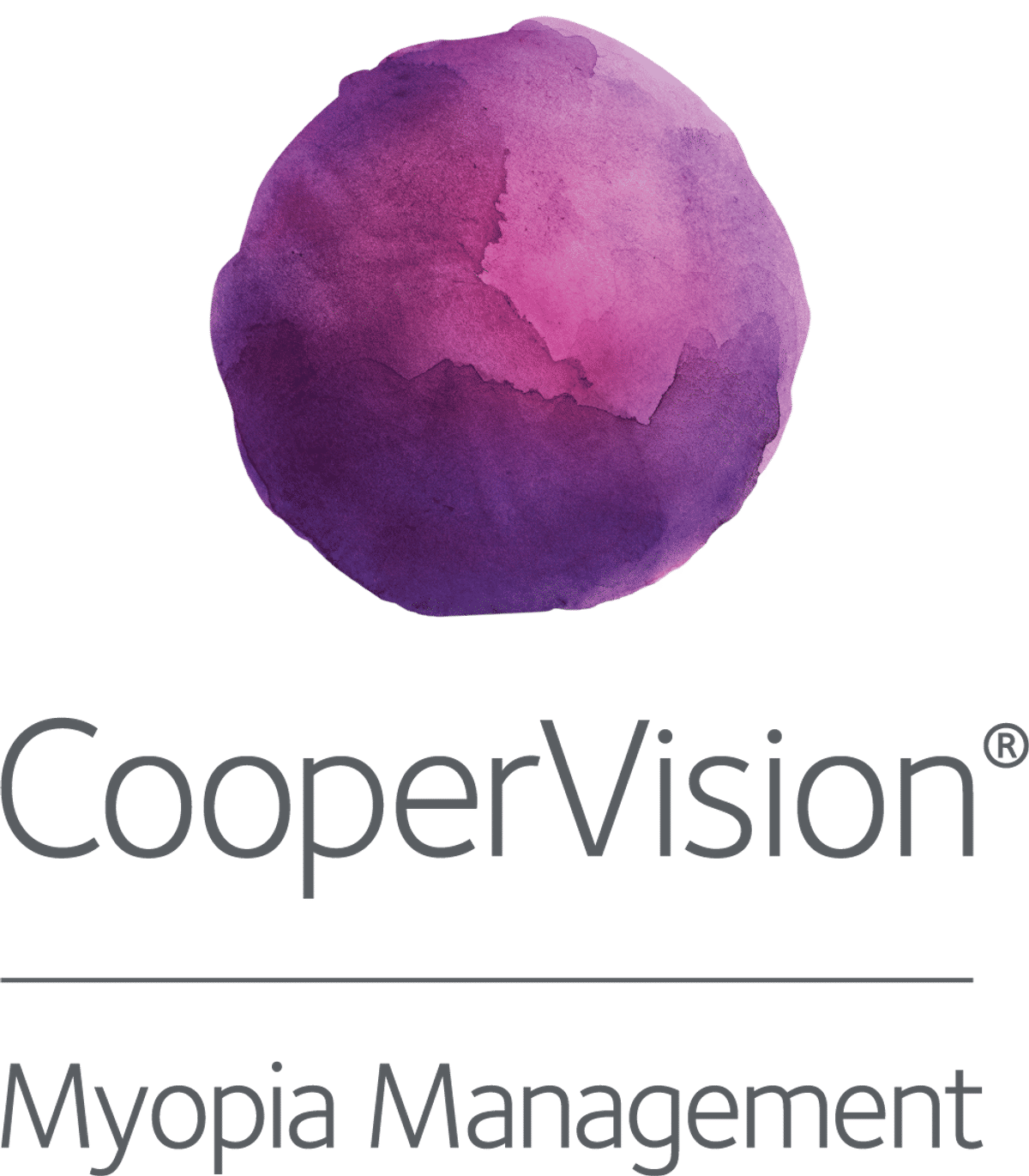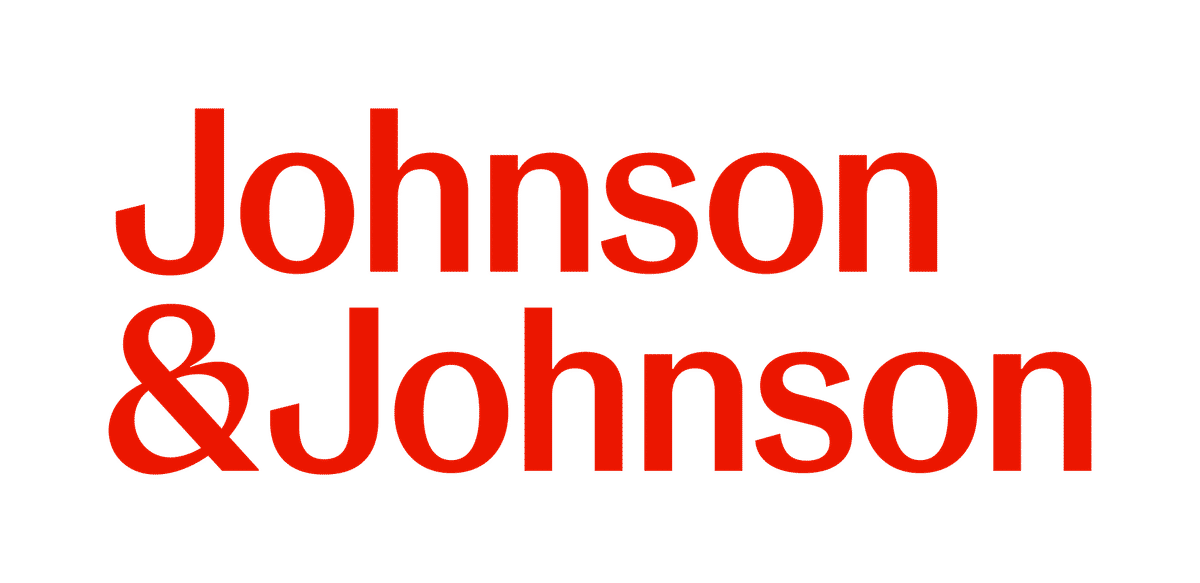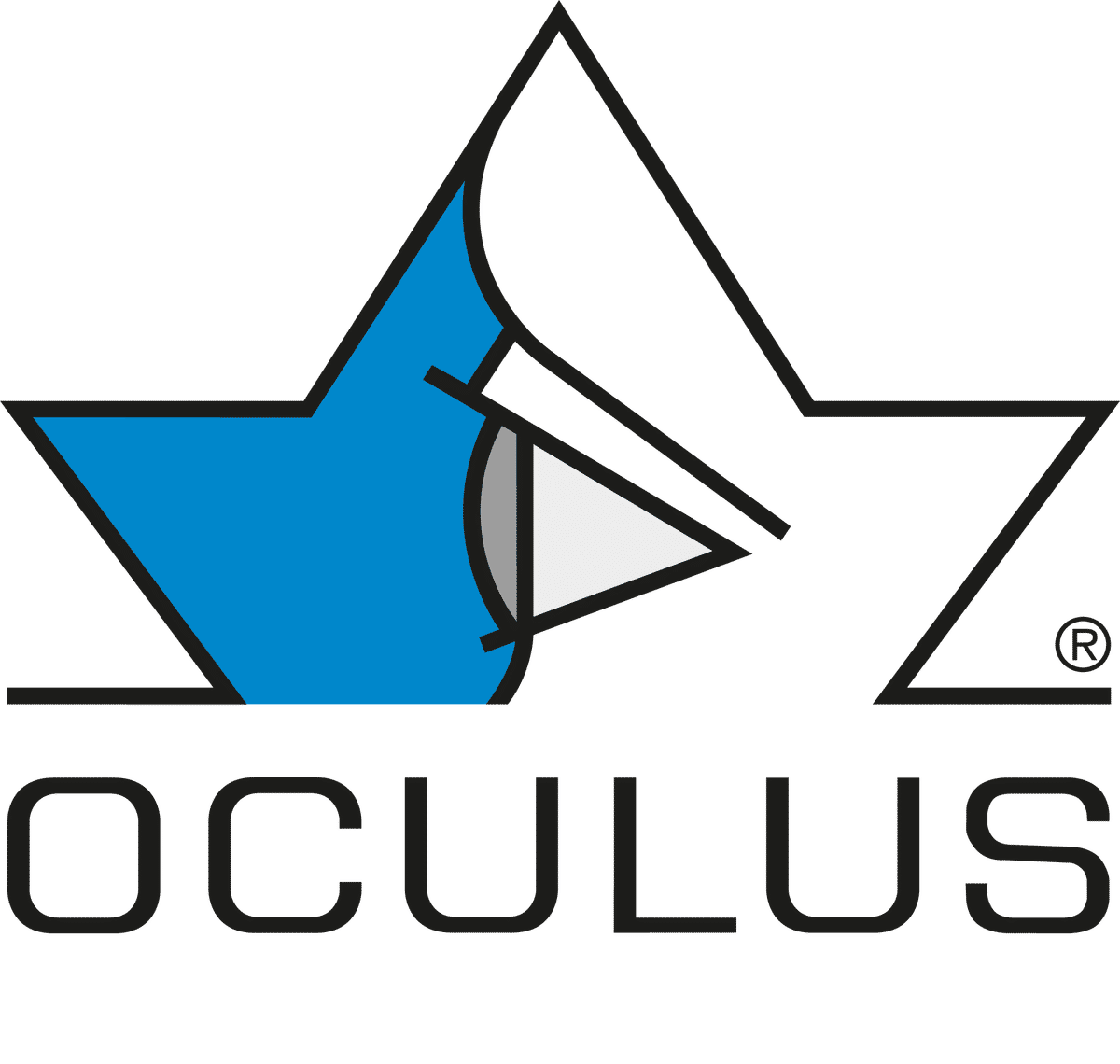Science
Urban life and COVID-19 tied to pre-school myopia in Scotland

In this article:
This study analysed refractive error data from Scottish pre-school children who failed vision screening between 2013 and 2022. Myopia prevalence rose from under 8% pre-COVID to approximately 11% post-COVID. Myopia was strongly associated with living in flats/apartments and urban areas, but not socioeconomic deprivation.
Paper title: Increasing myopia in Scotland at age of 3.5–5.5 years: A retrospective epidemiological study
Authors: Evans B (1), Pentland L (2), Evans B (1), Edgar D (1), Shah R (1,3), Conway M (1)
- Department of Optometry and Visual Sciences, City St George's, University of London, London, UK
- Ninewells Hospital, NHS Tayside, Dundee, UK
- Hoya Vision Care, Amsterdam, the Netherlands
Date: Published online May 2025
Reference: Evans BJW, Pentland L, Evans BEW, Edgar DF, Shah R, Conway ML. Increasing myopia in Scotland at age of 3.5–5.5 years: A retrospective epidemiological study. Ophthalmic Physiol Opt. 2025 May;45(3):834–844.
Summary
In Scotland, all pre-school children are invited for vision screening under the See4School programme. Children’s vision screening in the UK have historically focused on amblyopia detection, but recent discussions have called for refractive errors to be included, particularly myopia. The COVID-19 pandemic, with its associated indoor confinement and increased screen time, further raised concerns about the impact of environmental factors on early refractive development.
This retrospective study examined changes in myopia prevalence and refractive error distribution among Scottish preschool children for 3 years before and 2 years following the COVID-19 pandemic, and assess associations between myopia and socioeconomic factors.
Cycloplegic refractive error data from eight Scottish health boards was analysed for children aged 3.5-5.5 years old after they failed screening between 2013–2016 and 2020–2022. Right-eye spherical equivalent refraction (SER) was analysed for over 27,000 children. Myopia was defined as SER ≤ –0.50 D. The relationship between myopia and environmental variables such as deprivation index, urban versus rural location, and housing type were analysed.
Key findings were as follows.
- Myopia prevalence increased from 6.4–7.7% in 2013-16 to a peak of 11.5% in 2020–21, before dropping slightly to 10.65% in 2021–22.
- Myopia was strongly associated with living in flats or apartments, as opposed to living in detached houses
- Myopia was strongly correlated with living in highly urbanised areas, as opposed to living in rural environments.
- No consistent association was found between myopia and socioeconomic deprivation.
What does this mean for my practice?
This study provides evidence that myopia is not only emerging earlier but is now more common among young children in the UK than previously recognised. Among children aged 3.5–5.5 years who failed vision screening, one in ten were found to be myopic after the COVID-19 pandemic. These findings highlight the importance of recognising early-onset myopia as a clinical reality in Western populations, not just in East Asia where the prevalence of myopia has typically been higher.
The study also found that children living in flats and urban environments were more likely to be myopic, suggesting that environmental risk factors are at play even before school age.
These results support the need to screen for refractive errors in preschool-aged children, especially those presenting with risk factors such as reduced time outdoors. While the current UK vision screening model focuses on amblyopia detection, a broader program which detects refractive errors would warrant consideration.
What do we still need to learn?
There were some imitations to this study.
The data used for analysis excluded the years 2016 to 2020, due to the absence of rigorous quality control checks. While this decision resulted in a higher quality dataset, the four-year gap made it unclear whether the rise in myopia was attributed to the lifestyle changes induced by the COVID pandemic. Complete, longitudinal data would provide a clearer understanding of the effects of the pandemic on myopia development.
Another limitation which arose from the pandemic was a delay in vision screening in the year 2020-21. Due to the delay, the mean age of participants at the time of screening is likely to be older compared to other years, which may subsequently over-estimate the proportion of myopic individuals.
A limitation of the screening protocol itself is that refractive error data was only available for children who failed vision screening and subsequently attended a follow-up examination. This introduces potential selection bias, where children with milder vision issues or from families less likely to attend follow-ups may be under-represented.
The secondary analyses utilised health board-level data to identify board correlations between myopia and living situations. While the findings were likely to be valid and applicable (given the large sample), future studies may consider analysing other factors (e.g., ethnicity or parental income) to reveal more nuanced associations.
Abstract
Purpose:
Scotland has comprehensive child vision screening at age 3.5–5.5 years of age, with ~85% participation (40,000–50,000 screening episodes annually). Orthoptists deliver the screening, including presenting vision, cover test and other tests. Screening failures are referred for eye examinations, including cycloplegic refraction. The study aims to report refractive error data from these examinations (~5000–6000 annually) for 3 years before and 2 years following the COVID-19 pandemic, and to investigate correlations between myopia and socio-economic factors.
Methods:
Right eye data from eight Scottish health boards (HB) are reported for spherical equivalent refraction (SER) for the years 2013–14, 2014–15, 2015–16, 2020–21 and 2021–22. Associations were investigated between the proportion of the sample in each HB with myopia and the proportion of the population in each HB with different levels of deprivation index, classification on a rural/urban continuum and dwelling type.
Results:
Refractive error frequency distributions revealed a myopic shift in SER over the 5 years. Median SER (interquartile range) in 2013–14, 2014–15, 2015–16, 2020–21 and 2021–22 was +1.38 D (+0.50 to +2.75), +1.38 D (+0.25 to +2.63), +1.38 D (+0.50 to +2.75), +1.13 D (+0.25 to +2.25) and +1.25 D (+0.38 to +2.25), respectively. The increase in myopia was statistically significant in each of the last 2 years compared with each of the first 3 years (p < 0.0005). The proportion of myopes (≤−0.50 D) increased from <7.8% annually in 2013–16 to 11.51% in 2020–21 and 10.65% in 2021–22 (linear trend: r² = 0.94, p = 0.006). Associations between the proportion of children in each HB with myopia and: (1) deprivation index was low and not statistically significant; (2) the proportion of the population in the most urban environments was high (r² = 0.79; p = 0.003); (3) the proportion of dwellings that were flats/apartments was also high (r² = 0.83, p = 0.002).
Conclusions:
In this predominantly Caucasian population, the proportion of children with myopia has increased post-COVID. A strong association exists between myopia and living in flats/apartments and urbanicity, but not with a deprivation index.
Meet the Authors:
About Ailsa Lane
Ailsa Lane is a contact lens optician based in Kent, England. She is currently completing her Advanced Diploma In Contact Lens Practice with Honours, which has ignited her interest and skills in understanding scientific research and finding its translations to clinical practice.
Read Ailsa's work in the SCIENCE domain of MyopiaProfile.com.
Enormous thanks to our visionary sponsors
Myopia Profile’s growth into a world leading platform has been made possible through the support of our visionary sponsors, who share our mission to improve children’s vision care worldwide. Click on their logos to learn about how these companies are innovating and developing resources with us to support you in managing your patients with myopia.












